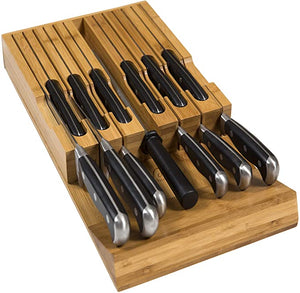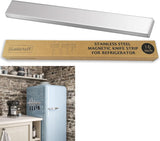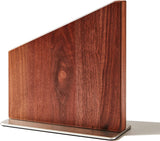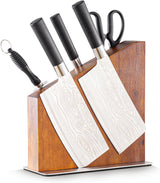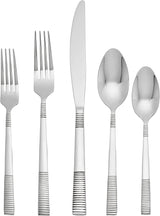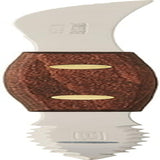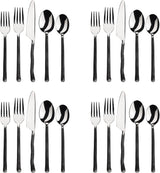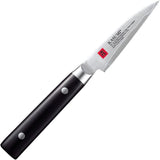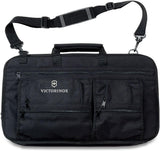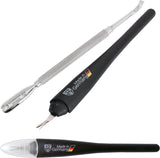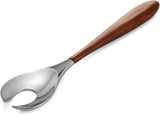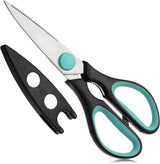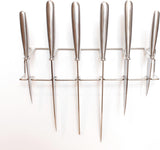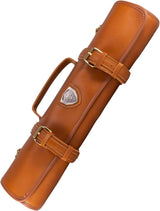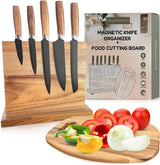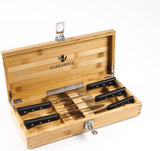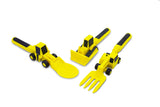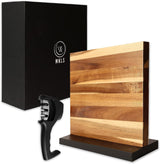For kitchen professionals, maintaining sharp and effective tools is a vital part of the job. One essential tool is the utility knife, known for its versatility in performing various cutting tasks. The Husky utility knife is a popular choice due to its durability and high performance. However, even the finest blade eventually dulls and requires a replacement to maintain its efficiency. This guide will help you understand how to change the blade on a Husky utility knife effortlessly, ensuring youre always equipped with a sharp and ready-to-use tool.
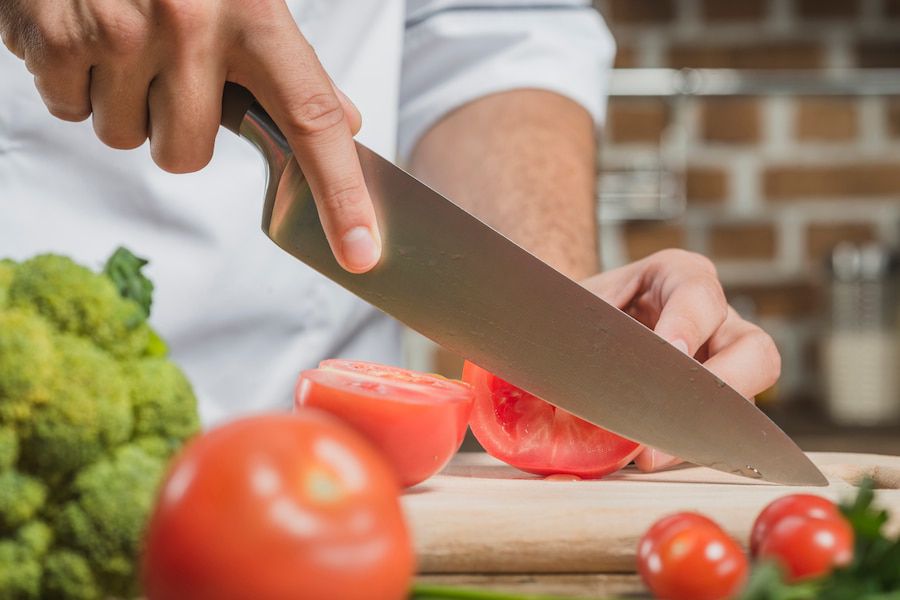
Why Regular Blade Changes are Crucial
Using a dull blade can be dangerous and inefficient. A dull knife requires extra pressure, increasing the risk of accidents. For every kitchen task that demands precision and efficiency, a sharp blade is a professional's ally. Regular blade changes in your Husky utility knife prevent mishaps and foster seamless kitchen operations.
Steps to Safely Change Your Husky Utility Knife Blade
1. Prepare Your Workspace
Clear your workspace to avoid distractions and ensure safety. Having a clean, uncluttered area minimizes the risk of accidents when handling sharp objects. Ensure you're wearing protective gloves designed for handling knives if necessary to prevent cuts.
2. Tools You Will Need
Before you begin, gather the necessary tools: your Husky utility knife, a new blade, a screwdriver (if required), and a steady hand. Some models of the Husky utility knife may have a tool-less blade change feature, making the process quicker just be sure to check your knife model for specifics.
3. Eject the Old Blade
Locate the blade release button on your Husky utility knife. Press it to disengage the current blade. If no button exists, you might need to open the knife's casing (done with a screwdriver for some models). Carefully slide the old blade out once it's free.
4. Insert the New Blade
Take your new blade and slide it into the slot where the previous blade was ejected. Ensure it's secure, as a loose blade can be a safety hazard. If the blade release mechanism is still engaged, it should securely fasten the new blade into place once you release it.
Safety Tips While Handling Blades
Always handle blades with care. When not in use, store your utility knife safely to prevent accidents. Consider checking our guidelines on maintaining other types of kitchen knives to ensure your kitchen tools remain in top condition. Also, regularly inspect your utility knife for signs of wear and tear, replacing any parts as necessary.
Also, don't forget to explore how to maintain sharpness by consulting resources such as knife sharpening guides.
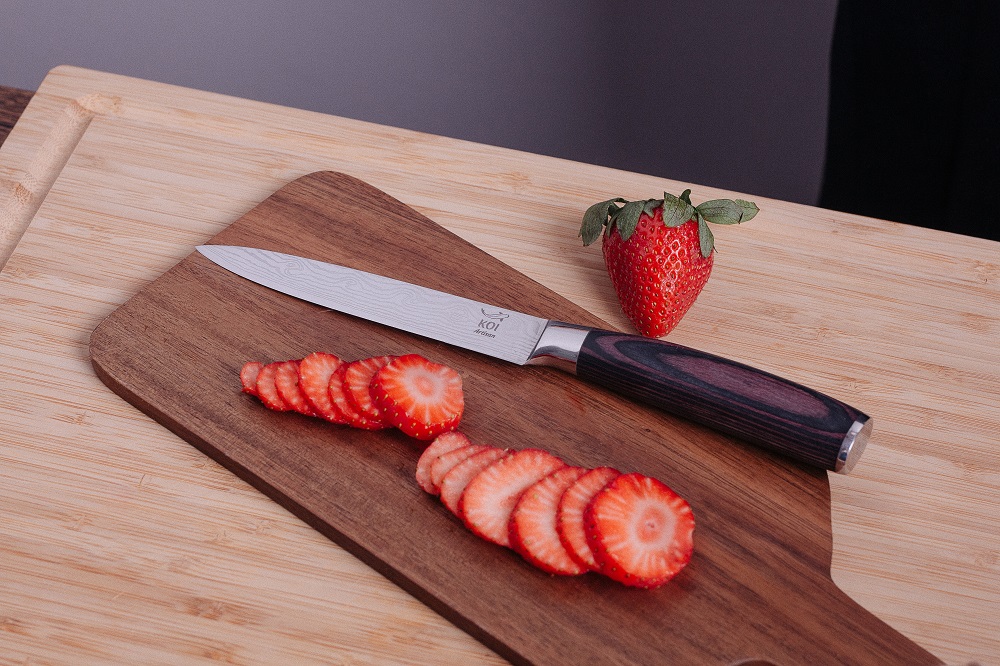
FAQs
How often should I change the blade?
The frequency of blade changes depends on how often you use the knife and what materials you cut through. For most kitchen professionals, inspecting the blade weekly and changing it once it starts to dull is a good practice.
Can I use other brands of blades in my Husky utility knife?
Although it's possible to use other generic blades, for optimal performance and safety, using blades specifically designed for Husky utility knives is recommended. They are tailored for compatibility and reliability.
Is there a specific type of blade ideal for kitchen use?
The standard blades that come with the Husky utility knife are suitable for most kitchen tasks. However, if you're interested in exploring further, there are specialized blades for different cutting needs, detailed in types of knives available on our kitchen tools blog.
This article contains affiliate links. We may earn a commission at no extra cost to you.
